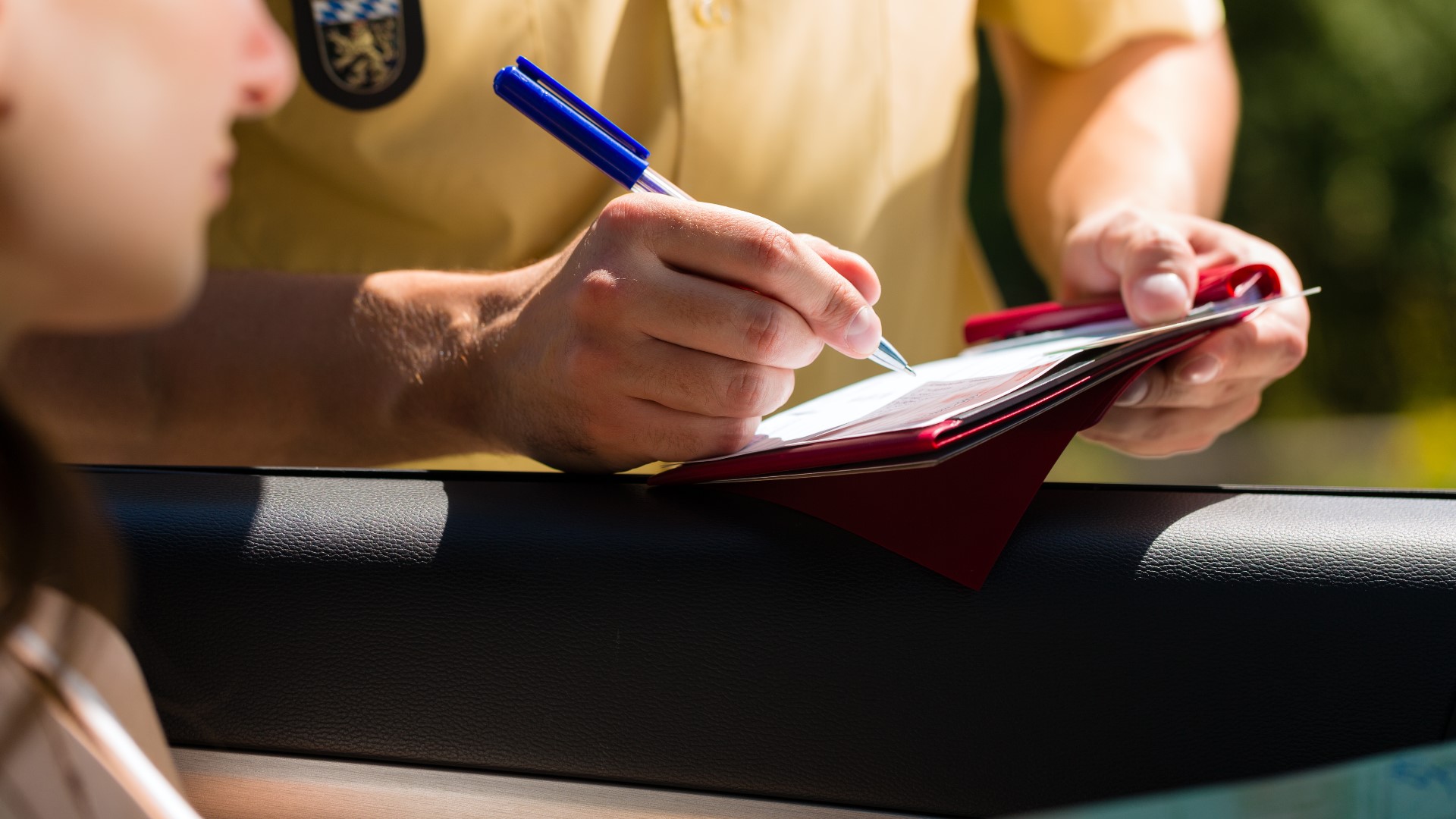SACRAMENTO, Calif. — In the last 30 days or so, the California Highway Patrol recorded an 87% increase in speeding tickets for drivers going 100 mph, compared to this time last year. On most highways, that's a good 35 miles over the speed limit.
Here are the stats:
- 2020 (March 19-April 19): 2,493 citations issued statewide
- 2019 (March 19-April 19): 1,335 citations issued statewide
So what's with the higher numbers in 2020? Well, take a look at the start date, March 19. Coincidentally, that's the day California's stay-at-home order went into effect.
When gathering their data, CHP and the California Office of Traffic Safety found that our roads have been 35% emptier than normal during this same time frame.
Fewer drivers means emptier roads, which apparently means some temptation to speed in those "wide open" lanes.
"Speeding is dangerous, and you're going to get yourself killed or kill somebody else," said CHP Officer Michael Harris. "And that's what we don't want to happen."
In the age of coronavirus, being safe on the road translates to pressure on emergency responders and hospitals.
Fraser Shlling, a road ecologist at the University of California, Davis, has been analyzing California's traffic data during the stay-at-home order. In the first three weeks of the order, compared to the month before, his team found:
- The daily rate of collisions and traffic fatalities and injuries dropped by half.
- Fewer collisions means the state is saving one billion dollars in response costs
- Sacramento ERs reported treating roughly 40% ferwer trauma victims
"There is a silver lining from the reduced traffic, but it isn't as great as it could be," because of the excess speeding.
And as speeding increases, so do the departments' worries over the essential workers driving those roads to work, and the Caltrans employees working on them during the pandemic.
“Viewing less congested roads as an invitation to drive dangerously" jeopardizes those workers, Caltrans Director Toks Omishakin said.
A friendly reminder from CHP: Whether you're speeding or not, California’s “Move Over” law is still in effect. This means you're required to move over at least one lane when you see amber flashing lights on Caltrans vehicles, law enforcement and emergency vehicles, and tow trucks. If you can't do that safely, you must slow down as you pass.
Caltrans work during the COVID-19 pandemic:
All critical functions continue during the crisis, including roadway access to medical facilities and transport of essential goods and services throughout the state. Some non-essential work has been deferred to limit the spread of the coronavirus, but maintenance and construction crews are still addressing hazards, safety concerns and other critical functions on the highways, the department said.
RELATED:
FOR THE LATEST CORONAVIRUS NEWS,
DOWNLOAD OUR APP:
►Stay In the Know! Sign up now for the Daily Blend Newsletter
As summer approaches, people are wondering if the coronavirus would die off like the seasonal flu. Here is what we know.



